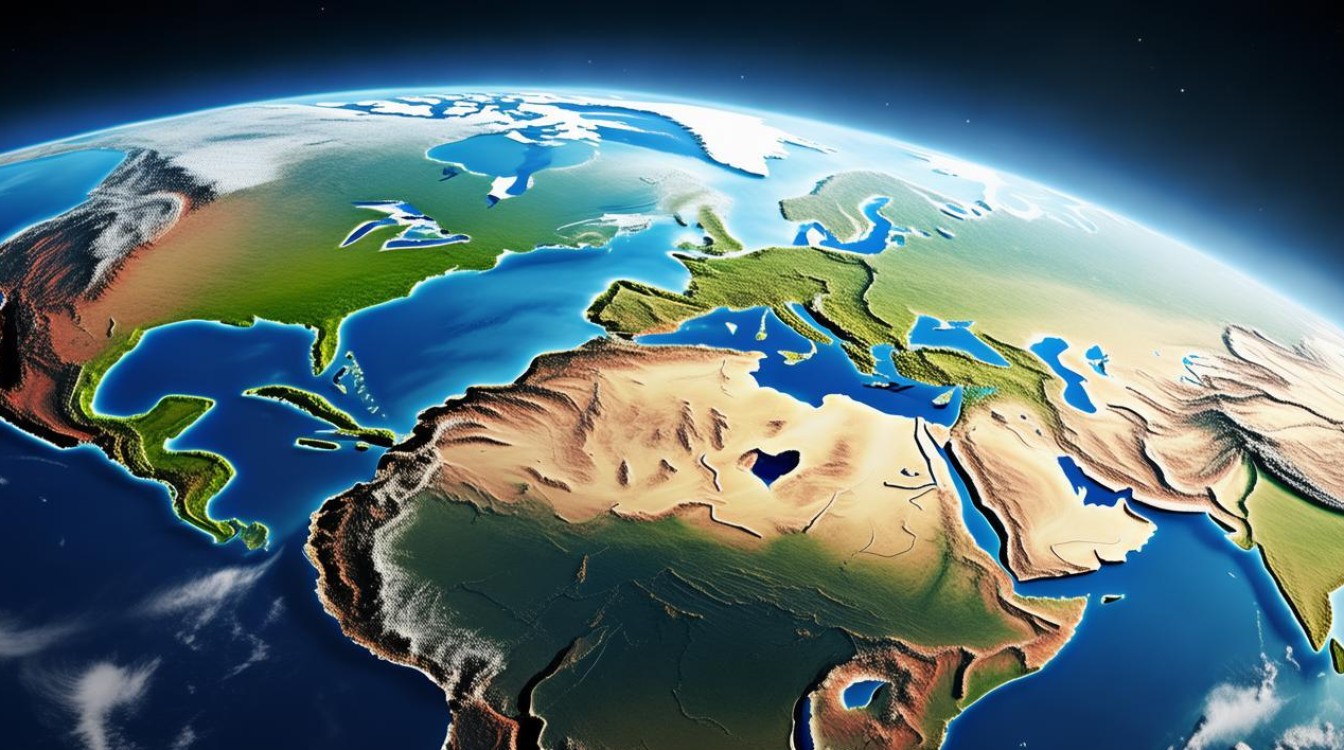The transformation of land over time reflects the dynamic relationship between human activity and natural processes. From urban expansion to agricultural development, these changes shape ecosystems, economies, and societies. Understanding land use shifts is crucial for sustainable development and environmental conservation.

Historical Context of Land Use
Human civilization has always relied on land for survival. Early societies depended on hunting and gathering, but the advent of agriculture around 10,000 years ago marked a turning point. Forests were cleared to make way for crops, and settlements grew into cities. The Industrial Revolution accelerated land changes, with factories and infrastructure replacing rural landscapes.
In the 20th century, technological advancements further altered land use. Large-scale farming, mining, and urbanization transformed vast areas. While these developments improved living standards, they also led to deforestation, soil degradation, and habitat loss.
Modern Drivers of Land Change
Today, several factors contribute to land transformation:
-
Urbanization
Cities expand rapidly to accommodate growing populations. Skyscrapers, roads, and residential areas replace forests and farmland. While urbanization boosts economic growth, it strains natural resources and increases pollution. -
Agriculture
Feeding a global population of over 8 billion requires extensive farmland. Intensive farming practices, such as monocropping and excessive irrigation, deplete soil nutrients and reduce biodiversity.
-
Climate Change
Rising temperatures and shifting weather patterns affect land use. Droughts turn fertile regions into deserts, while melting glaciers alter coastal landscapes. Some areas experience increased flooding, forcing communities to relocate. -
Industrialization
Factories, mines, and energy projects occupy large tracts of land. While essential for economic progress, these activities often harm ecosystems and displace wildlife.
Environmental and Social Impacts
Land changes have far-reaching consequences:
-
Biodiversity Loss
Natural habitats shrink as forests are cut down and wetlands drained. Species unable to adapt face extinction, disrupting ecosystems. -
Soil Degradation
Overuse of chemical fertilizers and deforestation weaken soil quality, reducing agricultural productivity.
-
Water Scarcity
Excessive irrigation and land mismanagement deplete freshwater sources, affecting millions. -
Human Displacement
Coastal erosion and desertification force communities to abandon their homes, creating climate refugees.
Sustainable Solutions
Addressing land changes requires a balanced approach:
-
Reforestation and Conservation
Protecting existing forests and restoring degraded lands can mitigate climate change and preserve biodiversity. -
Smart Urban Planning
Cities should incorporate green spaces, efficient public transport, and renewable energy to reduce environmental impact.
-
Sustainable Agriculture
Techniques like crop rotation, organic farming, and agroforestry maintain soil health and reduce chemical dependency. -
Policy and Awareness
Governments must enforce land-use regulations, while education campaigns encourage responsible consumption.
The Path Forward
Land changes are inevitable, but their direction depends on human choices. Prioritizing sustainability over short-term gains ensures that future generations inherit a habitable planet. By adopting eco-friendly practices and supporting global conservation efforts, we can strike a harmony between development and nature.
The way we use land today defines the world of tomorrow. Every decision—whether by individuals, businesses, or governments—shapes the Earth’s future. Let’s make those choices count.


